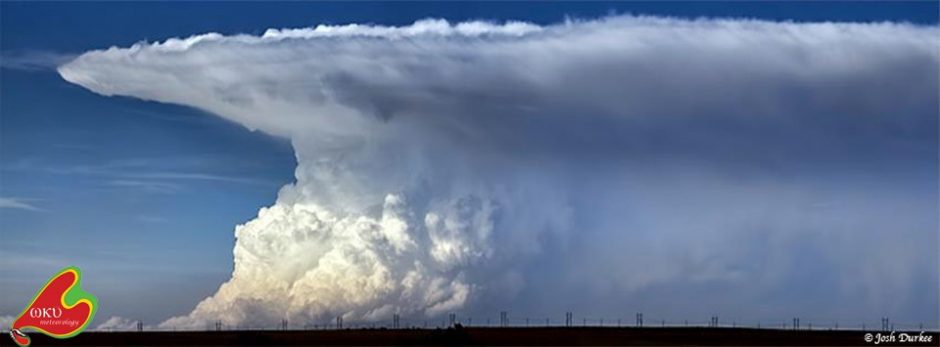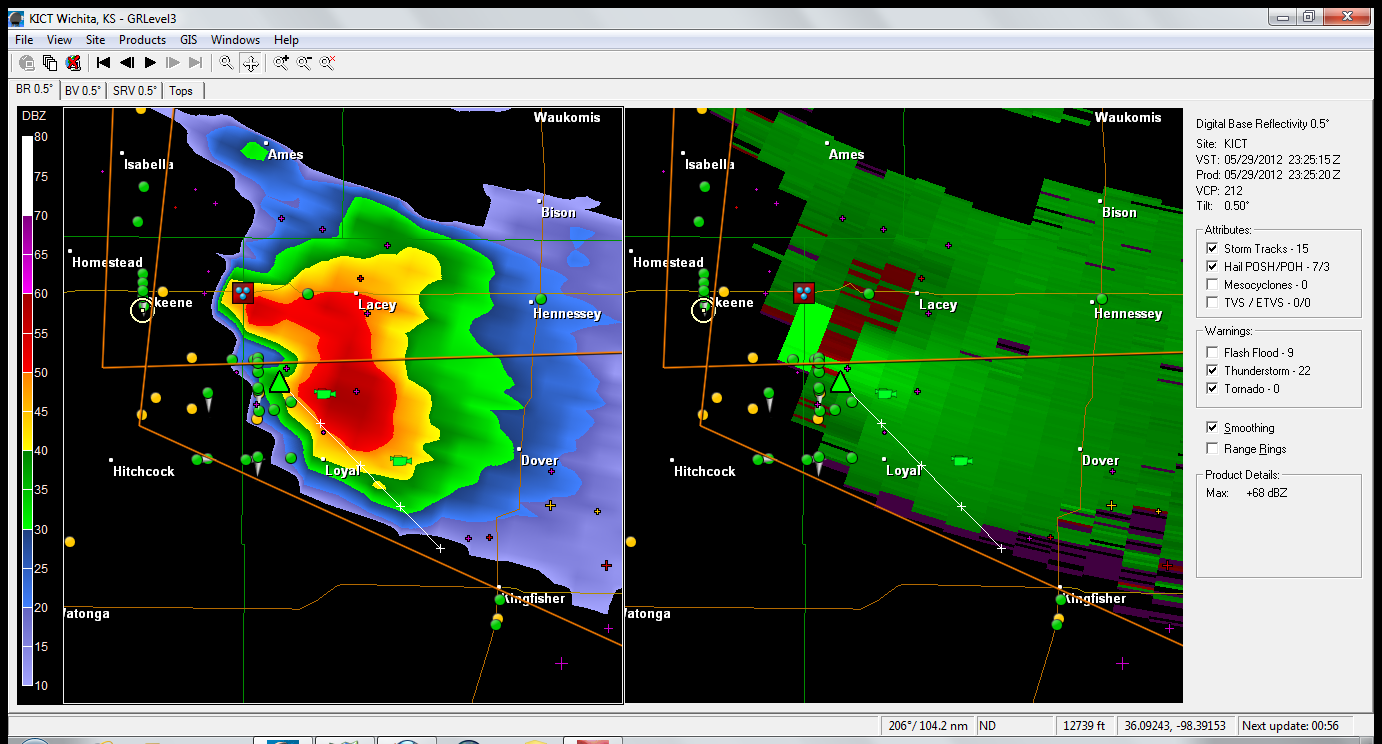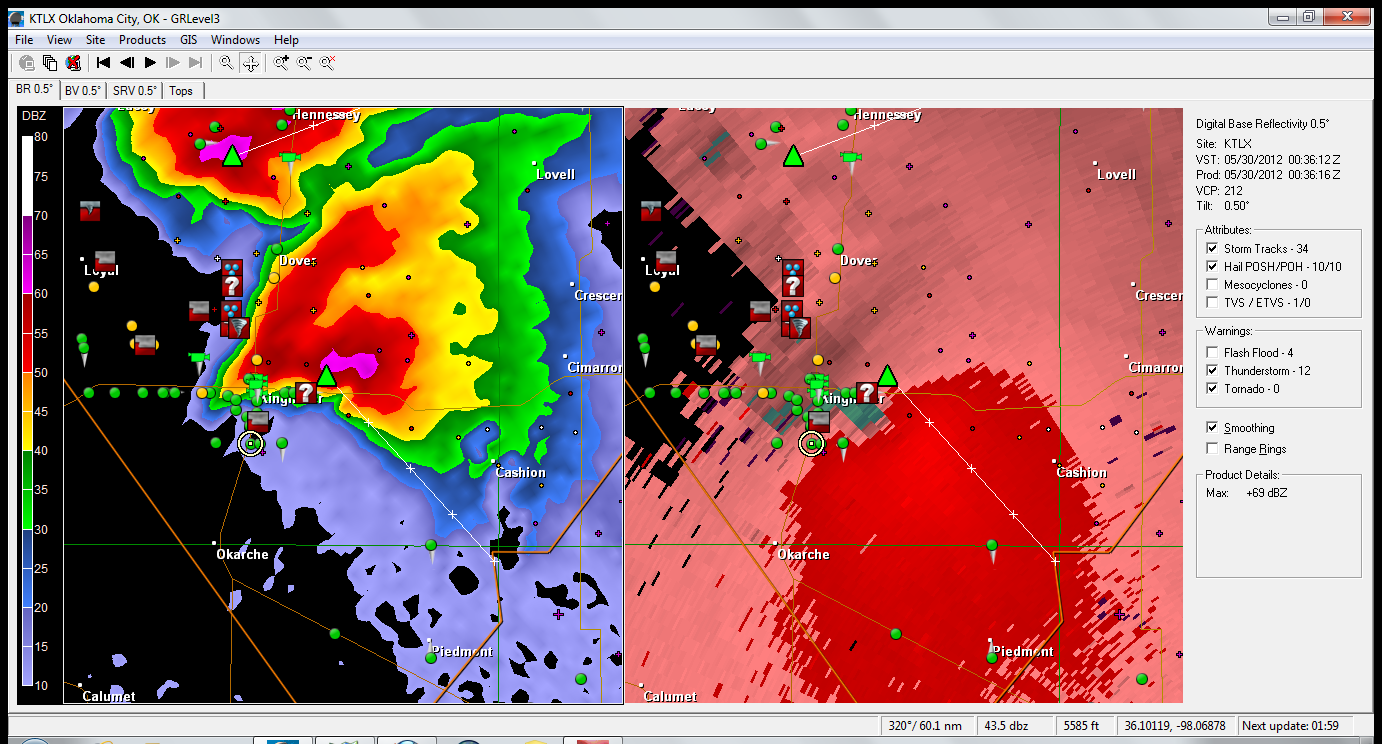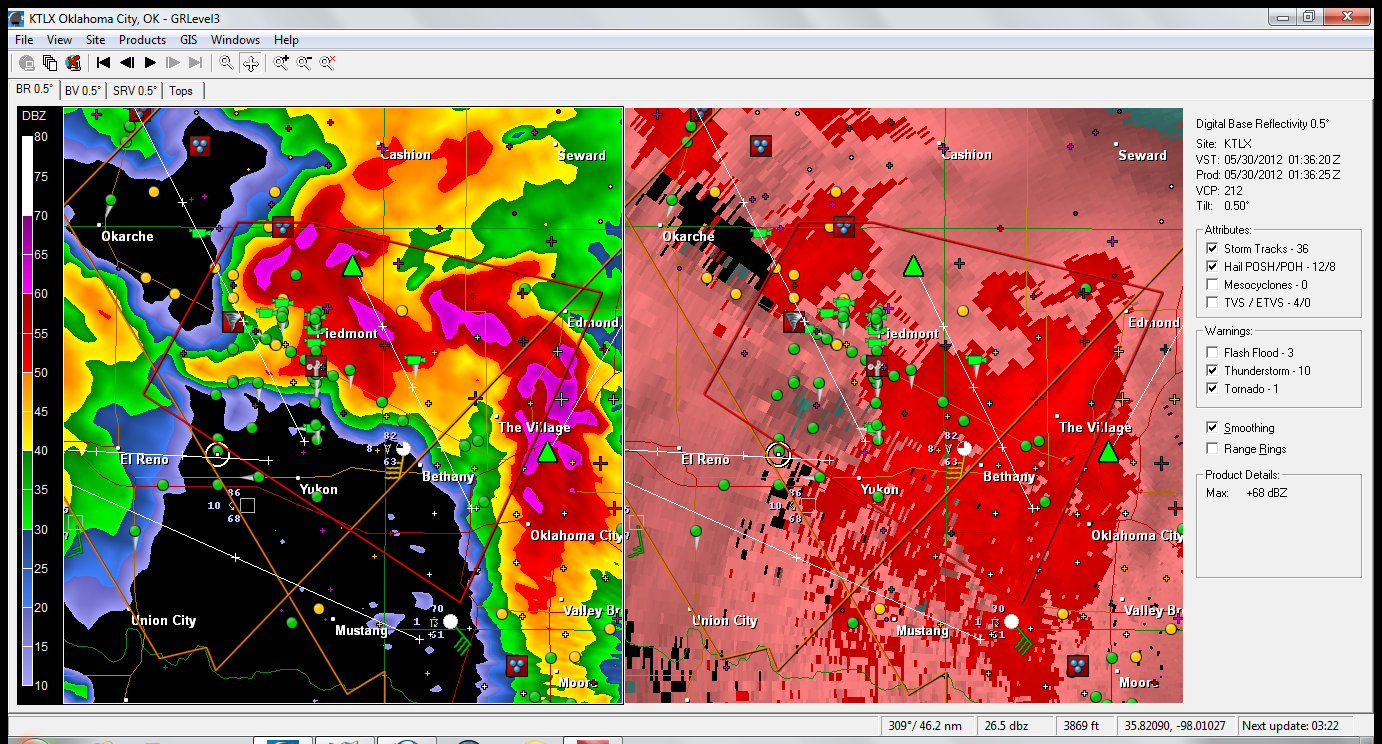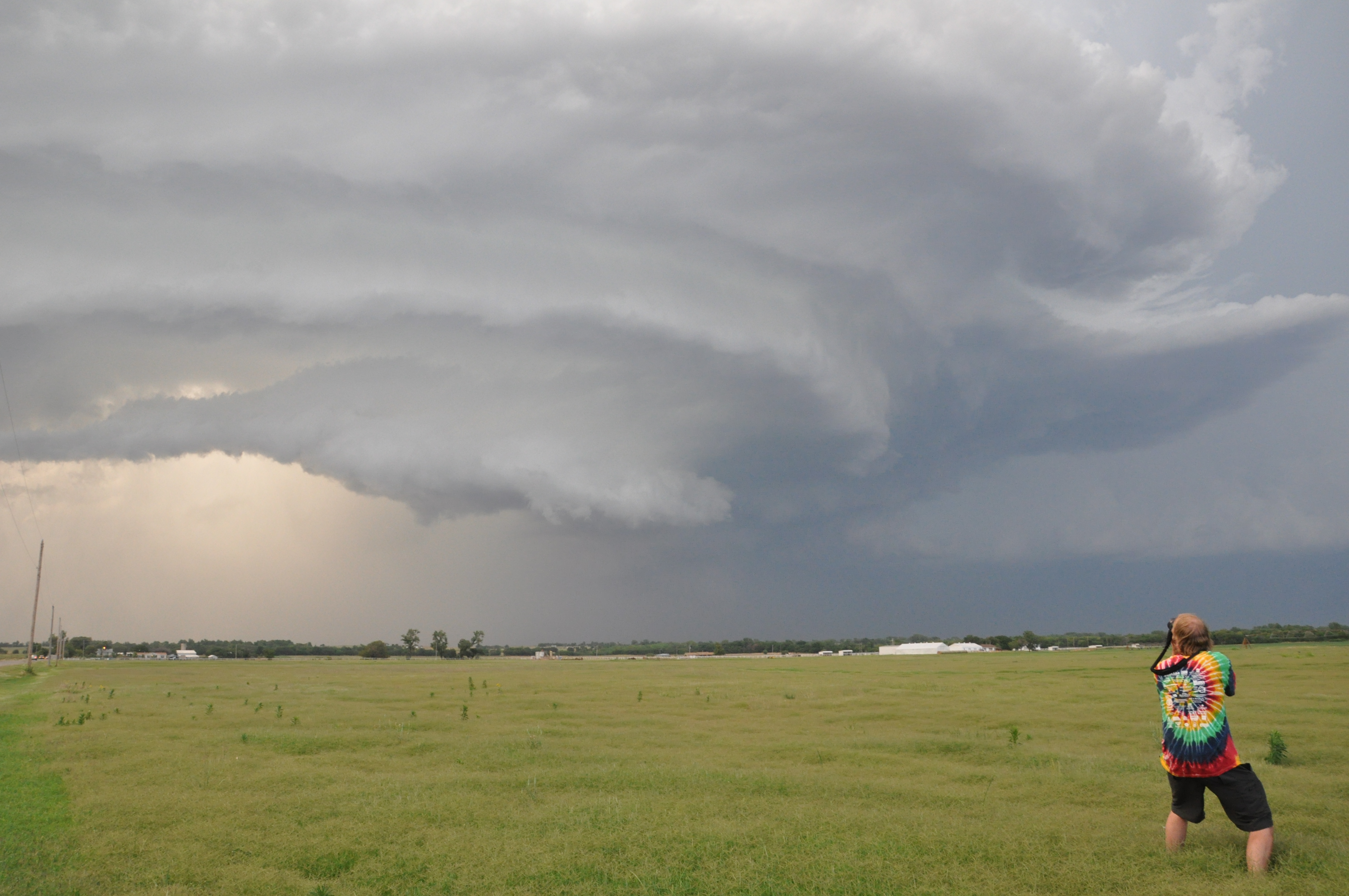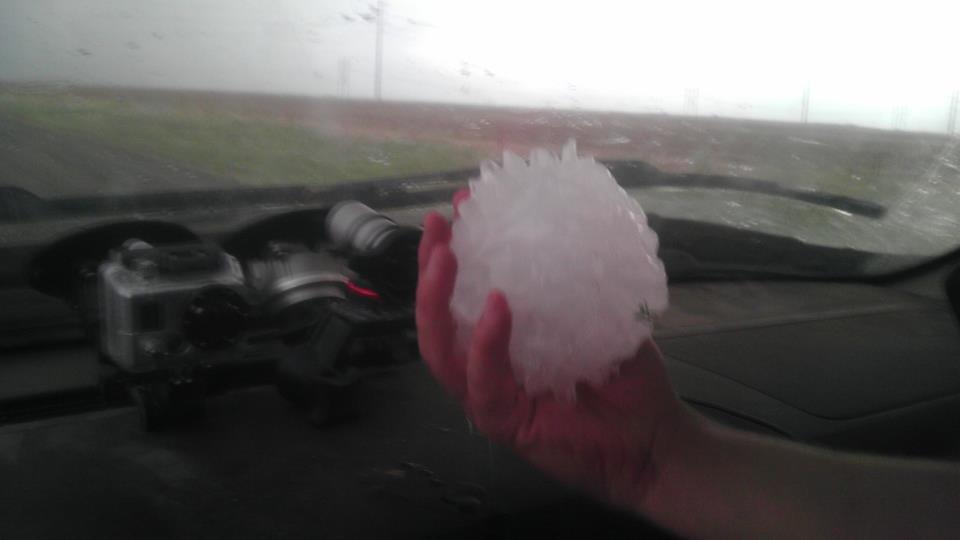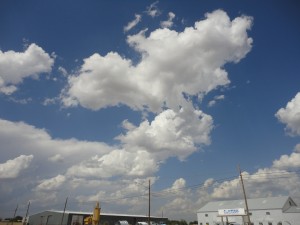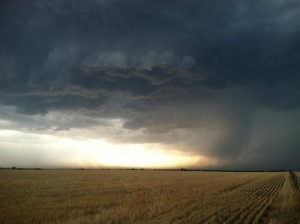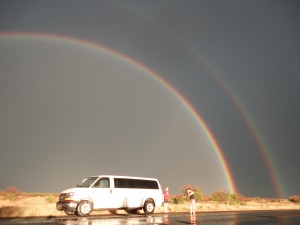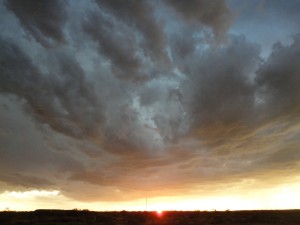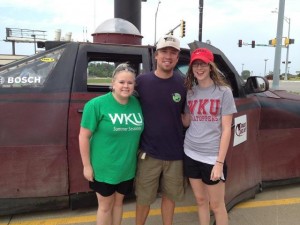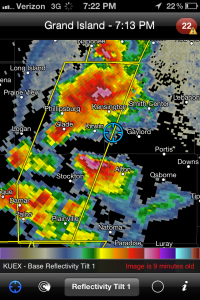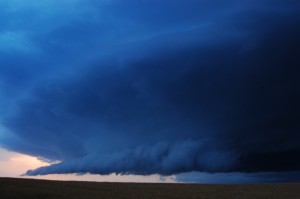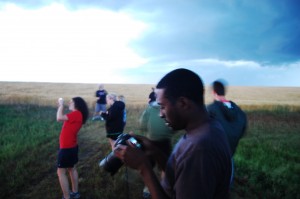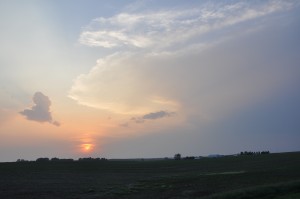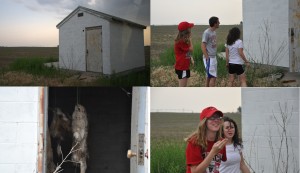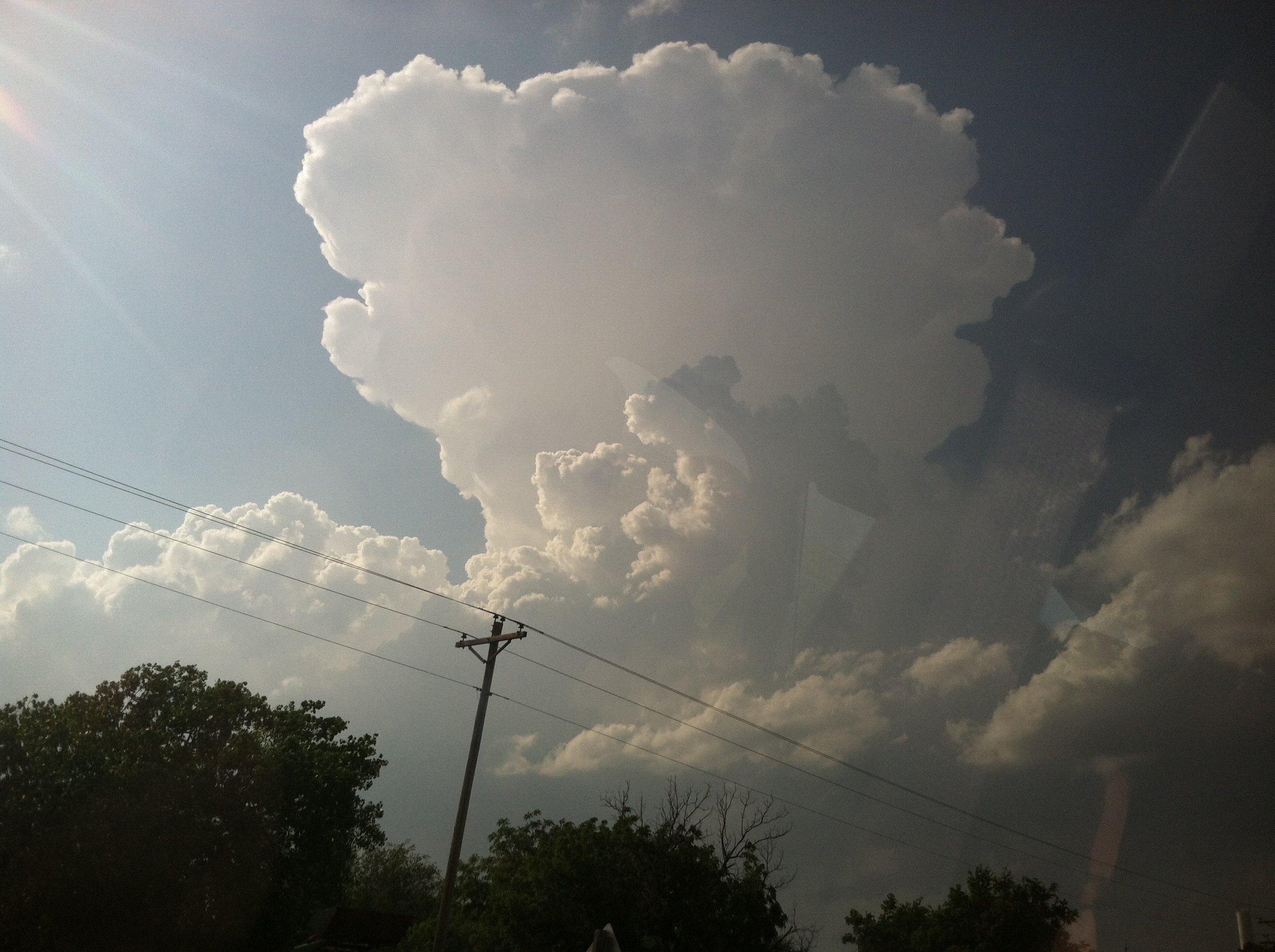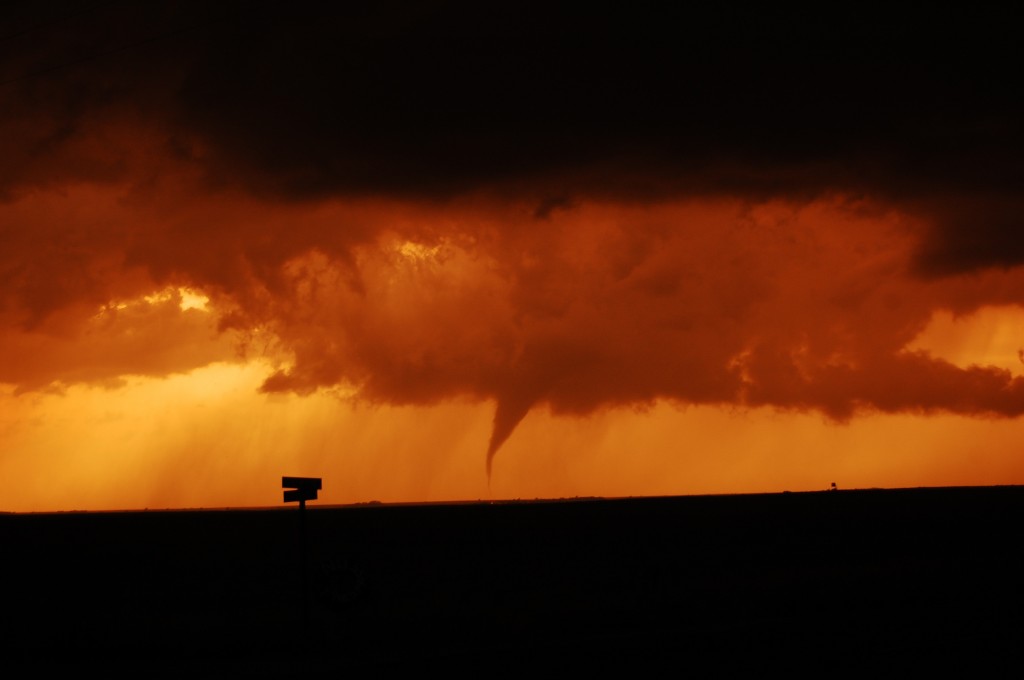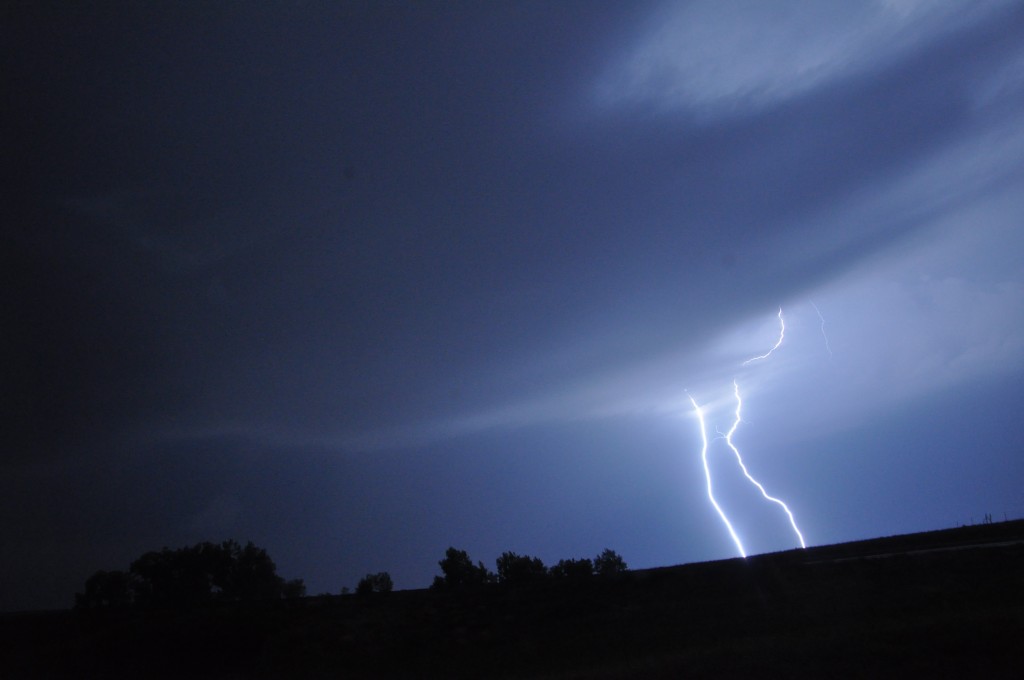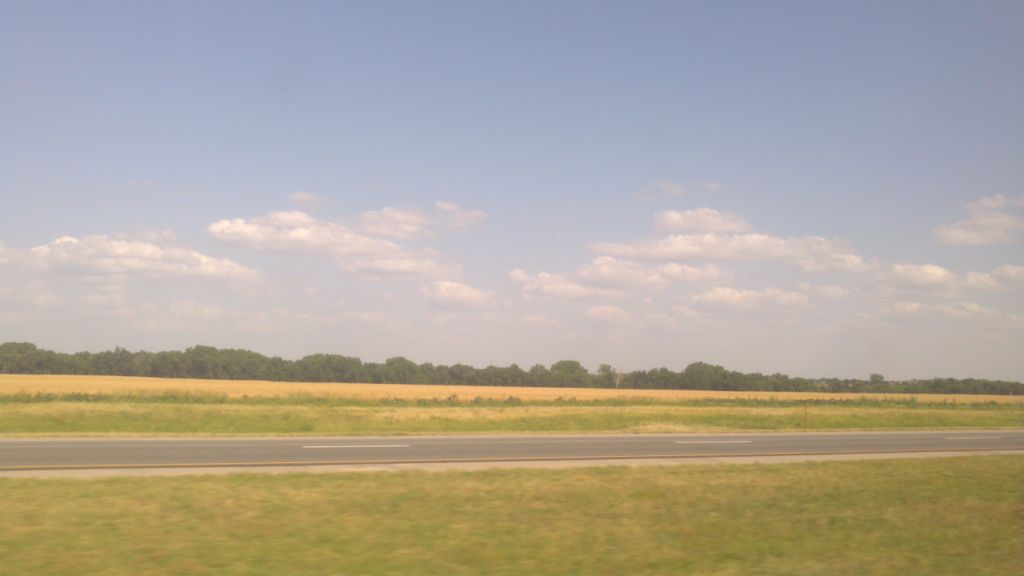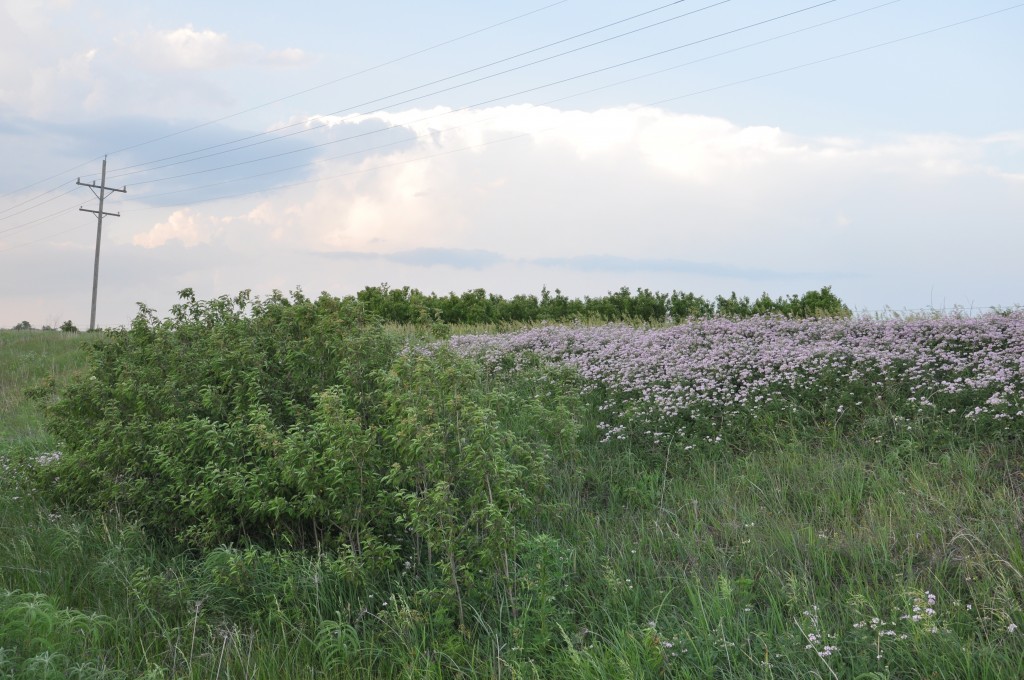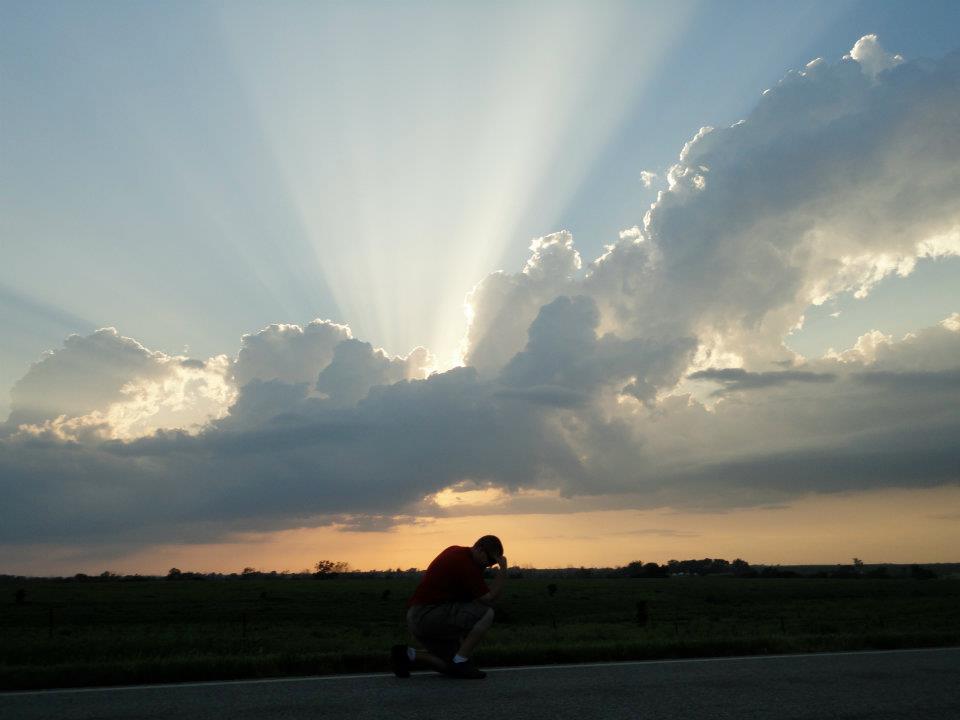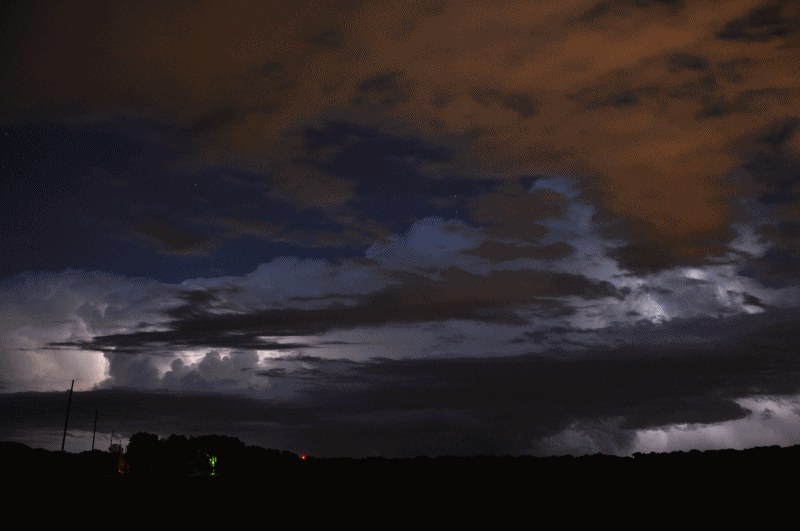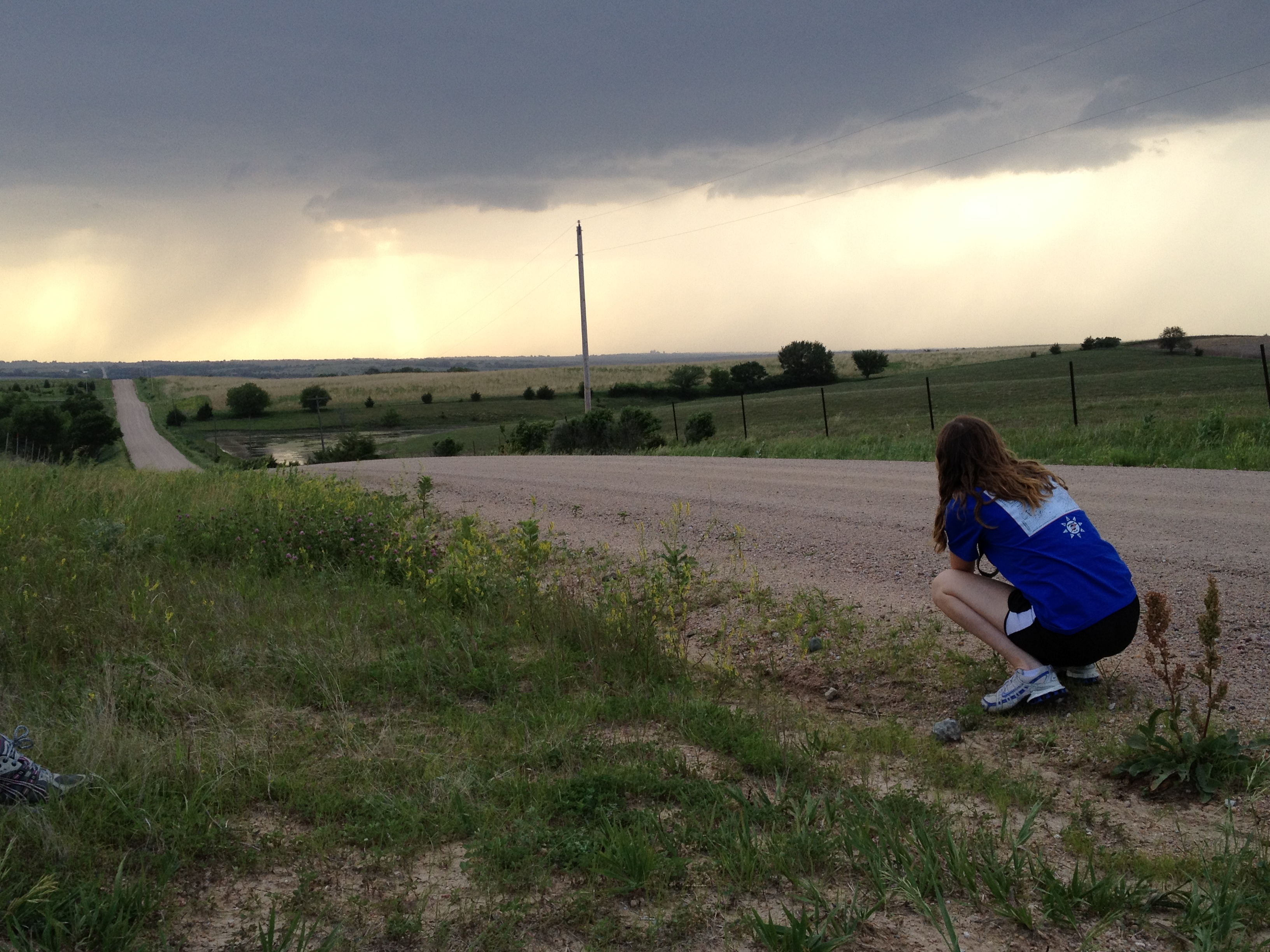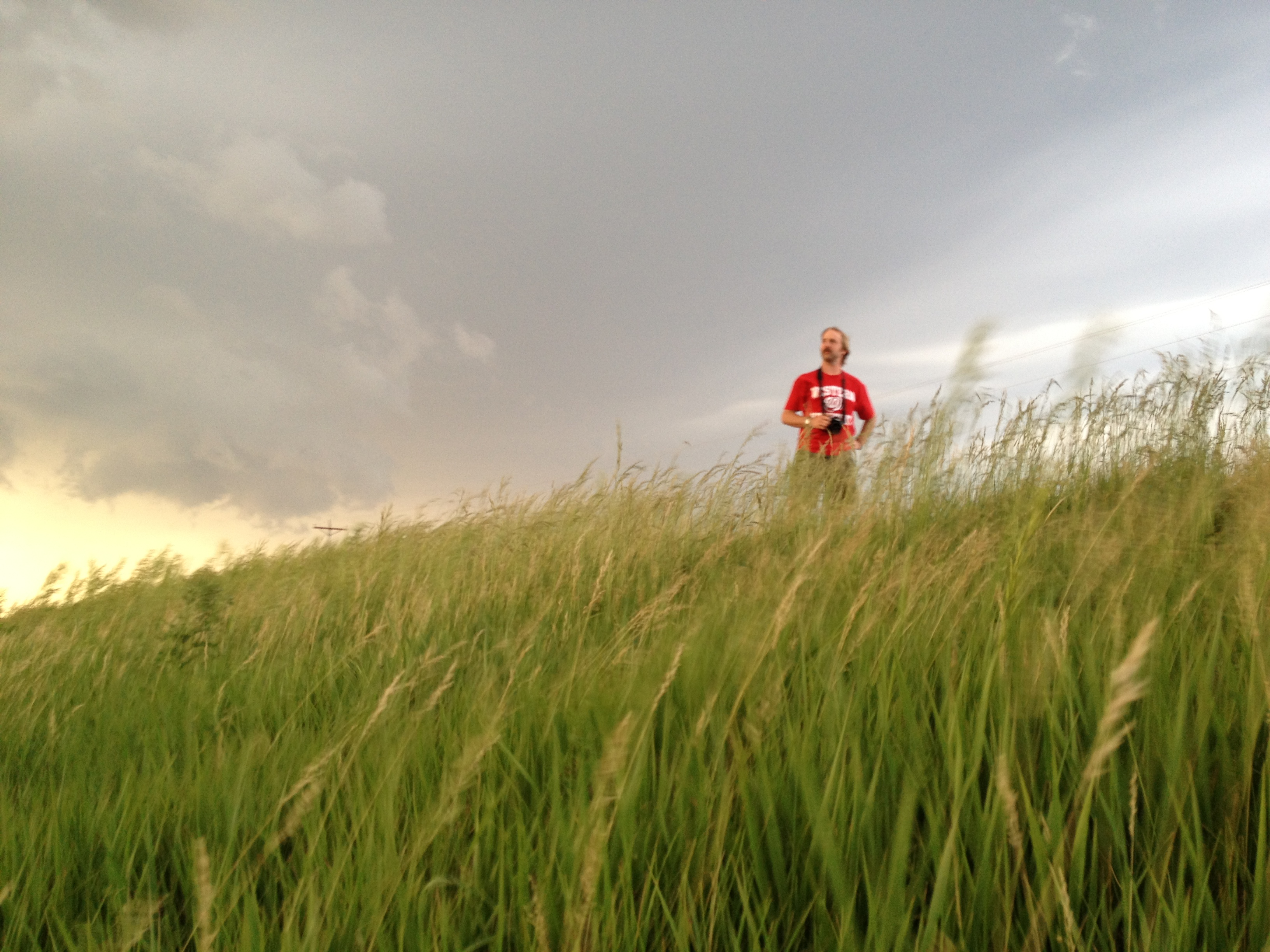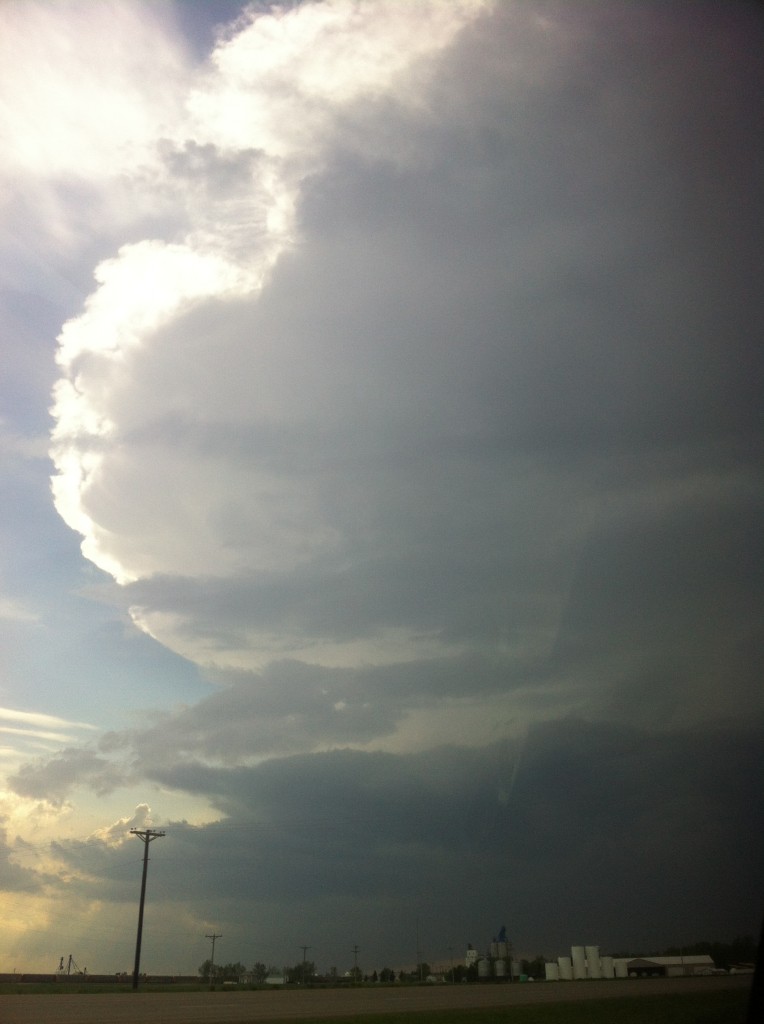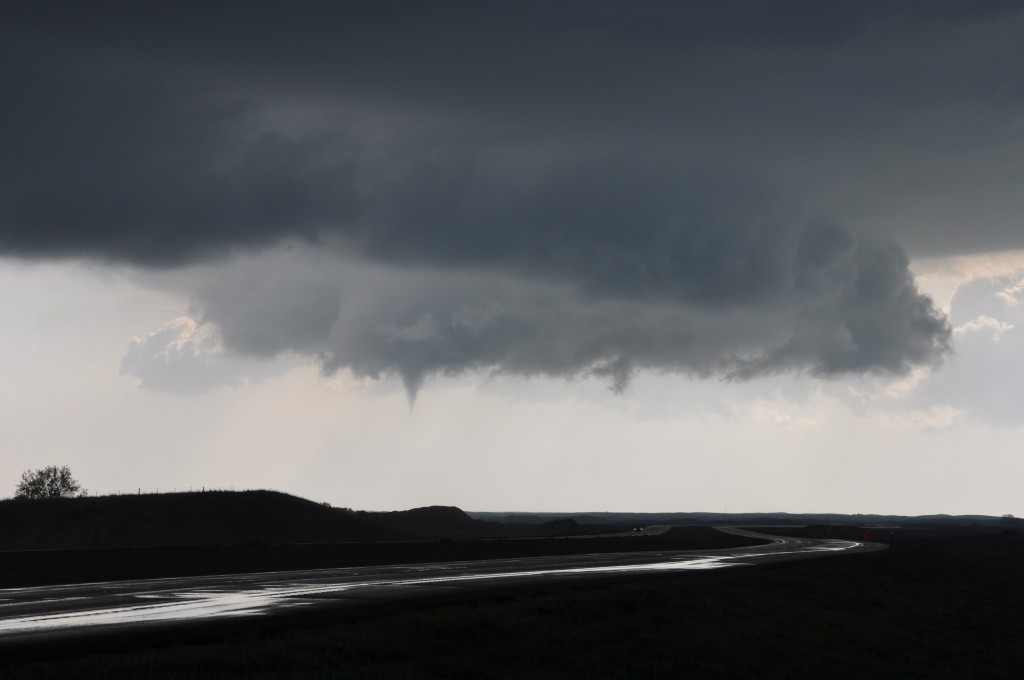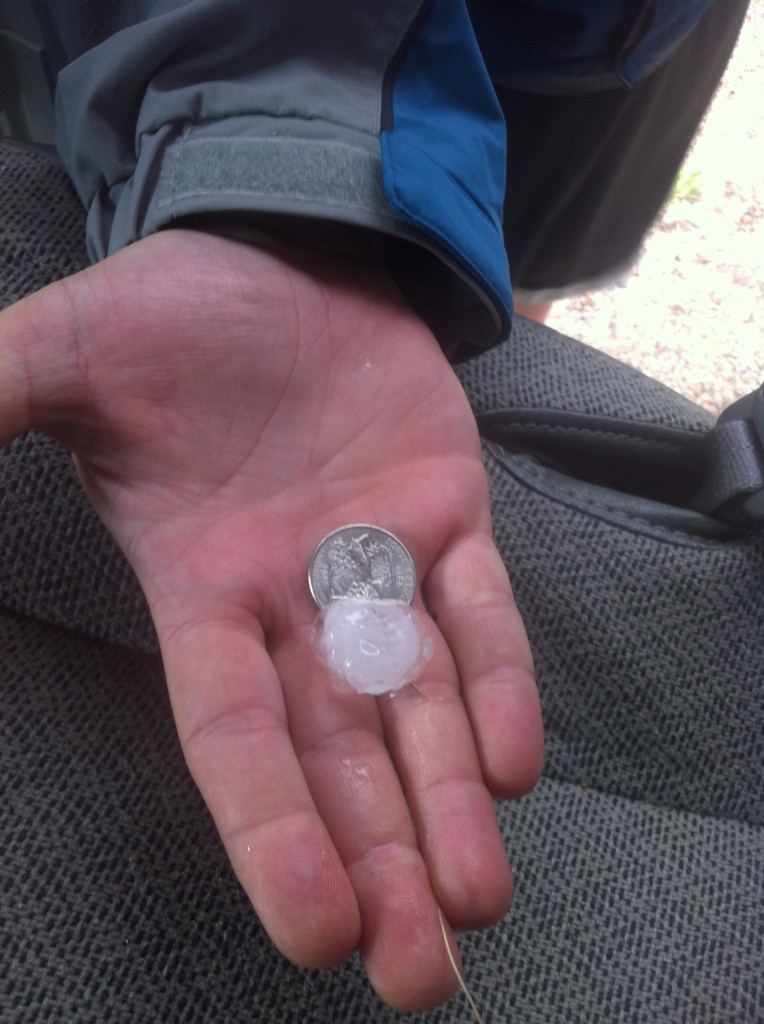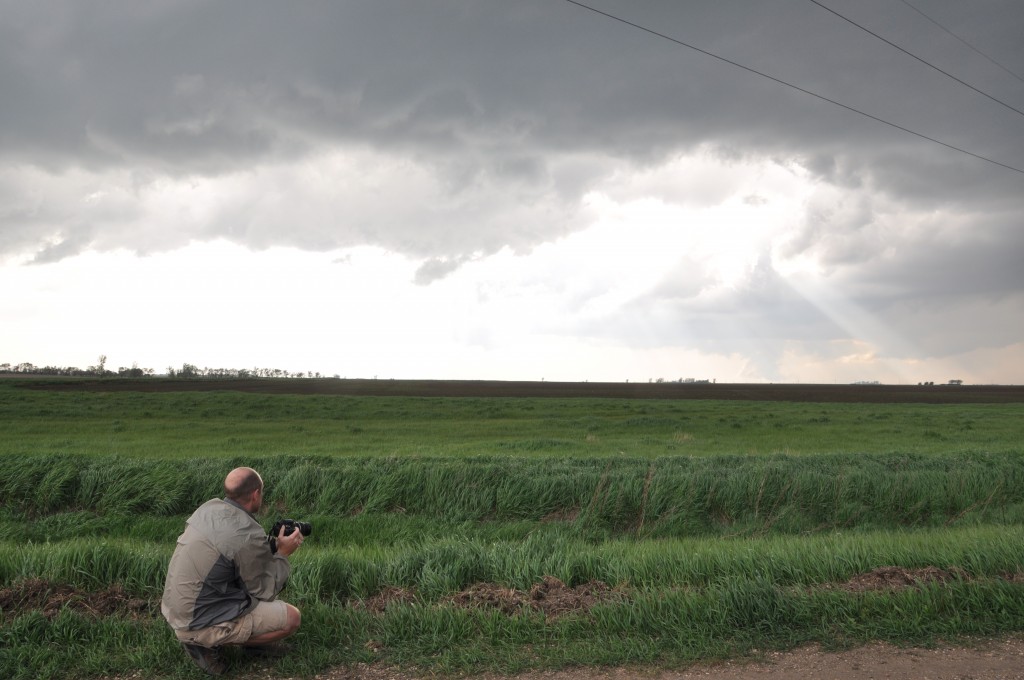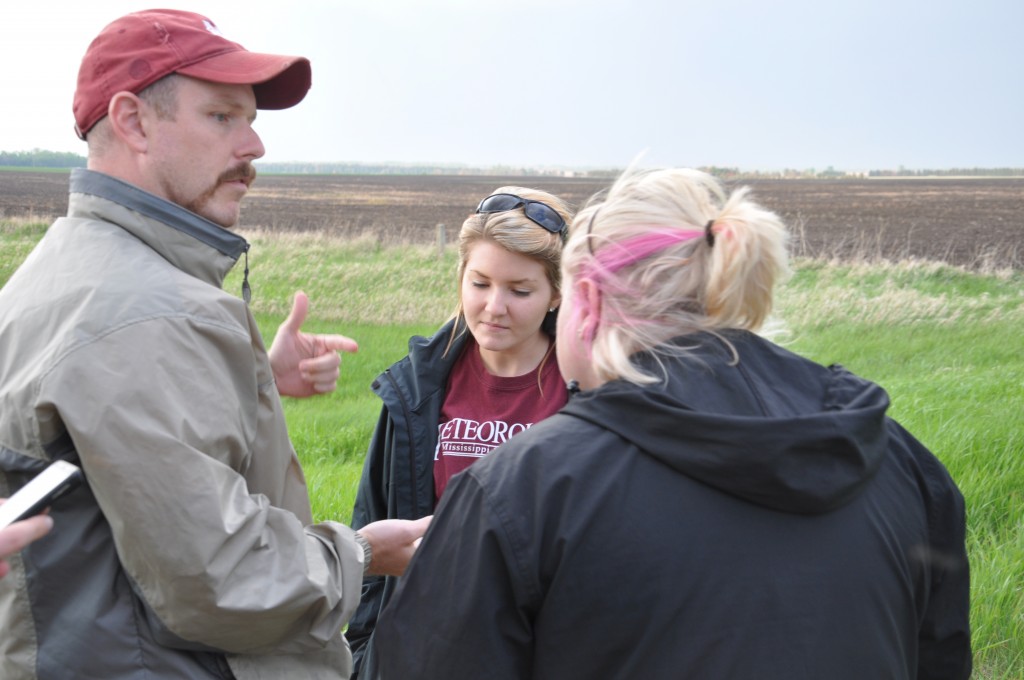We woke up in Stillwater Oklahoma after a successful day the previous day with insane structure on storms we witnessed just northwest of Oklahoma city. Storms continued to persist throughout our region along a boundary that was left from the decaying storms throughout the night, and it was thought that this boundary would help to increase the threat of tornadic storms in northwestern Oklahoma. A broad surface thermal low situated on the TX/OK border with an attendant upper level shortwave would provide added forcing to an already potent thermodynamic setup situated in western Oklahoma. A clear dryline bulge was forecasted to enter extreme southwestern Oklahoma initiating storm development, but another noticeable dryline bulge was depicted along a tight gradient from the panhandle of Oklahoma to around the El Reno region in west-central Oklahoma. The upper dryline bulge with both better dynamic and thermodynamic support seemed to be the best play for severe storms in the afternoon.
We decided on the location of Alva Oklahoma for storms to initiate, but as we continued to monitor data throughout the treck northward, it started to become clear that our location was in fact not the best location to see storms. SPC mesoanalysis continued to depict a pocket of very shallow low level lapse rates with a developing surface low forming much further south than anticipated around the Wichita Falls, TX region. Given our far location from storms that began to initiate, we headed west to hopefully intercept storms along the border of Oklahoma and Texas next to Woodward, but no storms ever initiated. We ended up staying in Amarillo Texas, enjoying a fantastic dinner at the well known restaurant Big Texan! I took on the man vs. food challenge (and lost).
